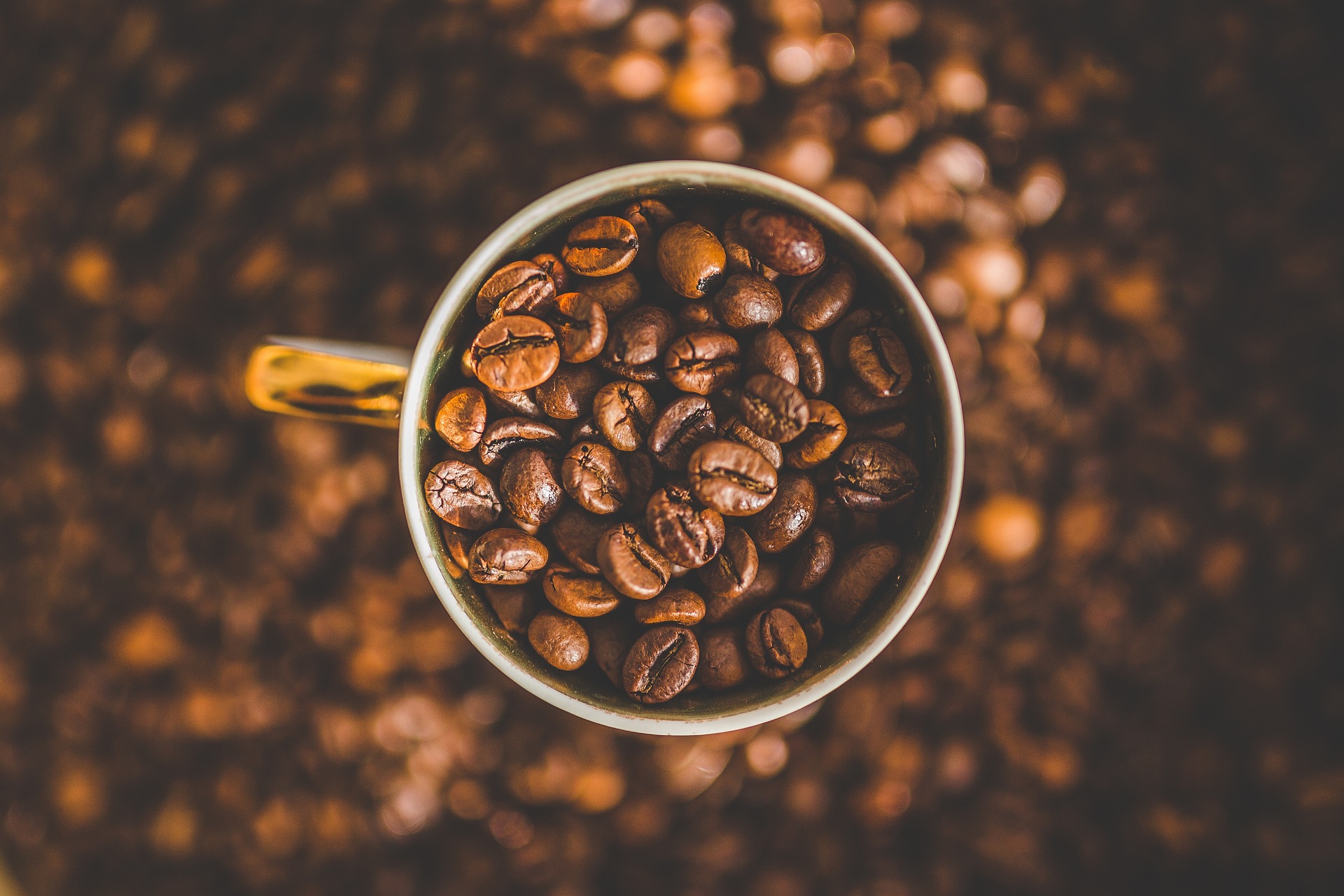Robusta coffee is one of the two main types of coffee beans used around the world. The other is Arabica coffee. Robusta coffee beans, which come from the Coffeea canephora plant, are different from Arabica beans in their taste, texture, and how they grow. Let’s find out more and learn about Robusta coffee.
Origin and location: Robusta coffee comes from Central and West Africa, especially Uganda, the Ivory Coast, and Vietnam. It is also grown in places where the temperature is right, like parts of South and Southeast Asia, Brazil, and some parts of Africa.
Characteristics of the plant: Robusta coffee plants are hardier and less likely to get sick than Arabica plants, which makes them easier to grow. Compared to the Arabica plant, the Robusta plant is usually shorter and stronger, and its leaves are bigger and thicker.
Taste Description: Robusta coffee is known for having a strong, bitter, and somewhat harsh taste. Compared to Arabica, it has a less rich taste. Robusta coffee often has hints of nutty, woody, and earthy flavors. People often say that it tastes more “robust” and “full-bodied.”
Content of caffeine: Robusta coffee has more energy than Arabica, which is one of its main differences. Robusta beans usually have between 2.2% and 2.7% caffeine, while Arabica beans have between 1.2% and 1.5%.
Use in Mixtures: Robusta coffee is often used in espresso mixes because it has a strong taste and more caffeine than other types of coffee. This helps give espresso shots their characteristic crema and punch. It is also used in some instant coffees because it is cheap and keeps its taste.
Problems with Growing: Robusta coffee plants are more hardy, but they need a warm environment with regular rain to grow. They can handle higher temperatures than Arabica, but they are more likely to be attacked by pests and get sick.
Economic Importance: Robusta coffee is very important to the world coffee market because it is often cheaper to make than Arabica. Because of this, it is an important part of many coffee mixes.
Sustainability and Quality Improvement: Selective breeding and better growing methods have been used to try to improve the quality of Robusta coffee. Specialty coffee drinkers have become more interested in high-quality Robusta beans with unique flavors.
Challenges and Future Trends: Some problems in the Robusta coffee business are the effects of climate change, low market prices, and worries about sustainability. Robusta farming that is sustainable and good for the climate, as well as the growth of high-quality Robusta varieties, may change the business in the future.
In conclusion, Robusta coffee is an important part of the global coffee business. It is known for its strong taste, high caffeine content, and hardy plant characteristics. Even though it doesn’t have the same reputation for quality as Arabica, Robusta has its own place and is a key ingredient in many coffee goods and mixes.

